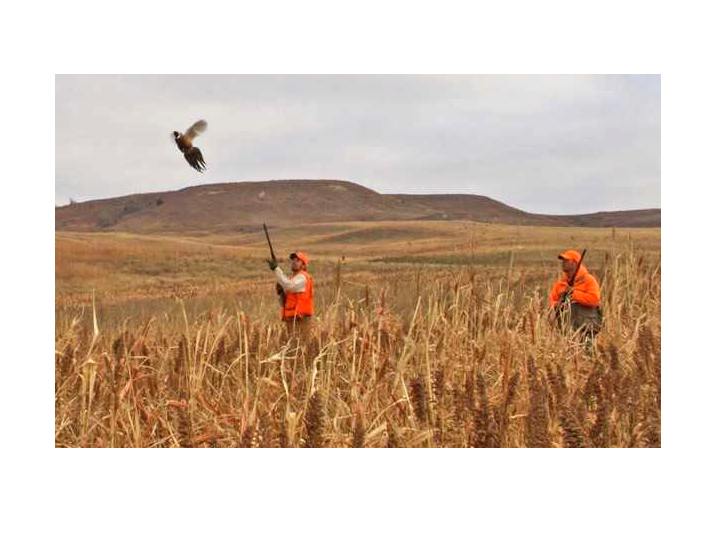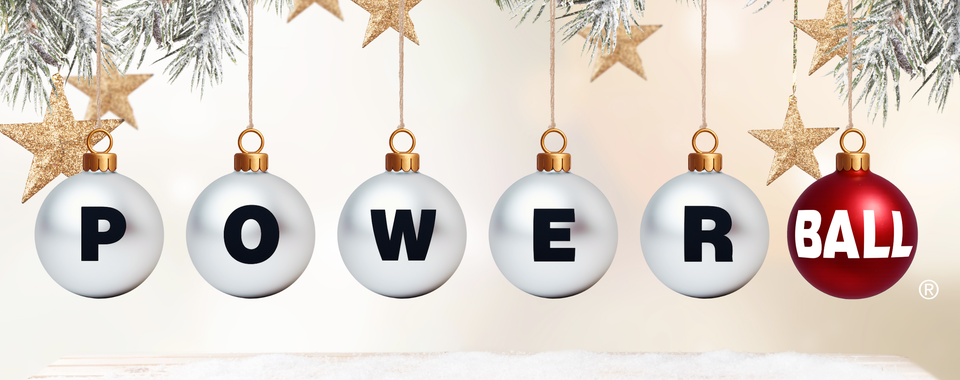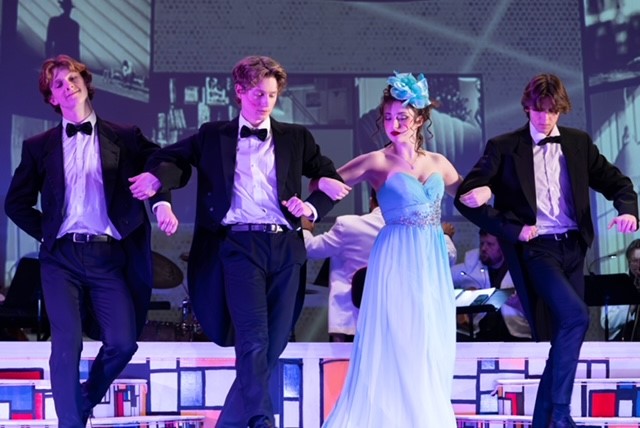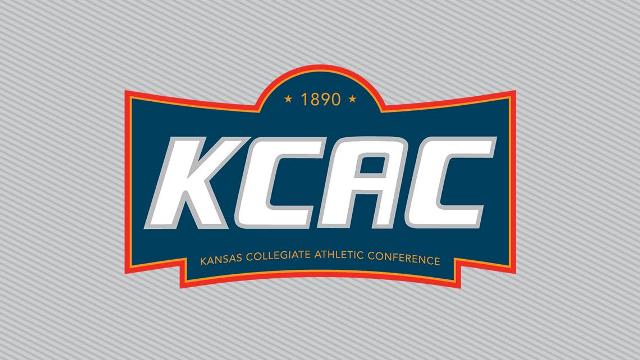Where are the birds this year? That’s the question on every pheasant and quail hunter’s mind as the weekend approaches.
The Kansas pheasant and quail season opens this Saturday, November 9th. Jeff Prendergast, Upland Gamebird Program Coordinator with Kansas Wildlife tells KSAL News that after a few flat years – the numbers are encouraging.
Officials remind hunters that landowner permission is required before hunting on private land, whether the land is posted or not. Land posted with purple paint on fence posts is the same as land posted with “Hunting By Written Permission Only” signs and both types require written permission before hunting.
November 9th marks the opening day for Kansas’ regular quail and pheasant seasons. That’s where the 2024 Kansas Upland Bird Forecast comes in handy.
Forecast Factors
Two key factors impact the availability of upland game during the fall hunting season: the number of breeding adults in the spring and the reproductive success of that population. Reproductive success encompasses both the number of nests hatched and chick survival rates. For pheasant and quail, annual survival rates are relatively low; therefore, the fall population relies more heavily on summer reproduction than spring adults. While reproductive success remains the primary population regulator for prairie chickens, higher adult survival also helps sustain hunting opportunities during poor conditions This forecast will discuss the breeding populations and reproductive success of pheasants, quail, and prairie chickens.
Kansas experiences a significant rainfall gradient, with average annual rainfall exceeding 50 inches in the far east and dropping below 16 inches in the far west. The amount and timing of rainfall are crucial for the reproduction of upland birds. In western Kansas, wet years generally improve available cover and increase insect availability for chicks. Conversely, in the east, dry years are often more favorable, as heavy rains during spring and summer can hinder the survival of nesting birds and young chicks. Above-average summer rainfall in 2023 across much of western Kansas greatly enhanced nesting cover heading into spring 2024. Continued adequate rainfall into mid-summer across the west provided good nesting and brooding conditions. As a result, production was significantly better than seen in recent years.



